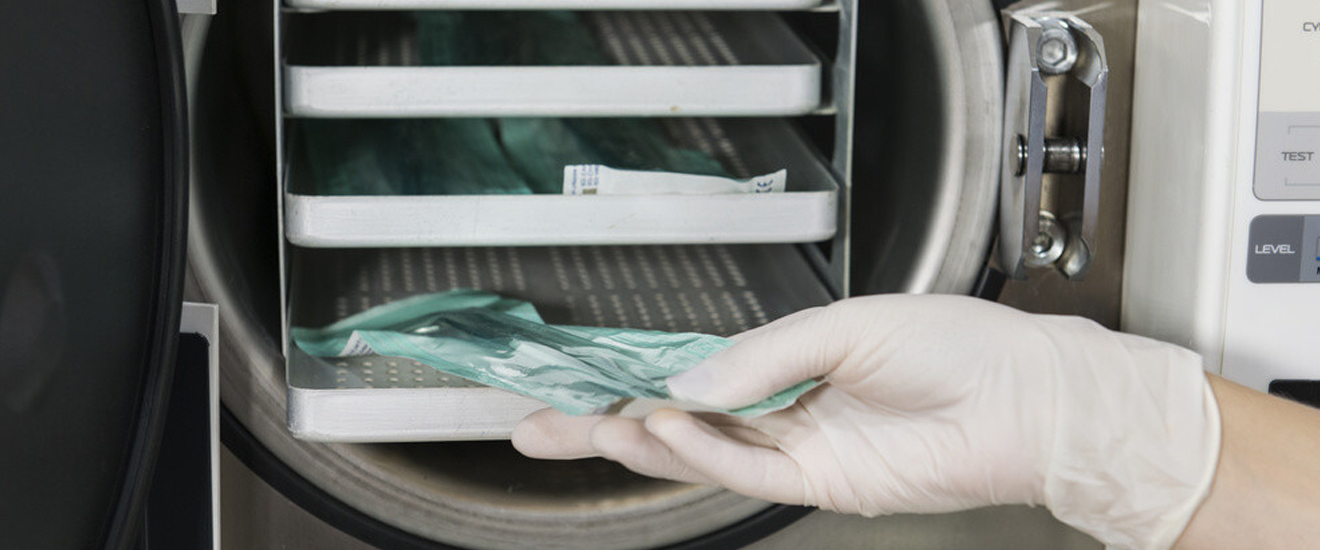
Starting your dental clinic means that you need to be focused on getting into business with agility. It is time to adapt with the sensitivity of the changing time and concentrate on a holistic mindset. One of the main issues that possess to be a challenge is to keep your dental clinic infection-free. It is imperative to be smart to choose advanced techniques so that your patients feel safe and you can work in a germ-free environment. These are unprecedented times. As a dentist, you need to see ways to instill confidence in your patients and re-establish your credentials like never before.
Here are a few aspects and practices that you need to consider to offer your patients a holistic well-being plan.
Positioning your clinic as a safe haven
Modular Smart dental office is the latest buzzword in the dentistry gamut because of the way it transitions your dental office, not just in looks and aesthetics, but in maintaining high hygiene levels. The best part about smart dental offices is that they facilitate smart working. Compared to the conventional site-built projects, the dental office modules can be fitted faster and more effectively, with less noise and construction wastages. The installation is cost-efficient, faster, and is executed in a manner that ensures a seamless look and workflow for your staff and patients.
- Following mandatory sterilization protocols
Adherence to best safety practices and sterilization protocols is of the greatest essence now.
- Choose to go in for CSSD (Central Sterile Service Department) products that are made to prevent the development and spread of microbes and infections.
- Follow international rules and regulations that are well-accepted globally as the gospel of the highest standards of sterilization.
- Reprocess dental products safely as per guidelines from central authorities like Center for Disease Control. For example, non-critical items need to be cleaned and disinfected, while heat-tolerant semi-critical products need to be heat-treated for sterilization. Heat-sensitive semi-critical dental products, on the other hand, should be replaced with disposable products.
- Also, semi-critical products that cannot be sterilized effectively because of their shape and design should be covered by barrier sleeves.
- Critical products have to mandatorily be sterilized as per the given guidelines from an apex medical body, especially if used on multiple patients.
- Dental products that can be used on a single-use utility because of high costs, should be reprocessed every time after use to minimize infection risks.
- Instrument processing requires multiple steps using specialized equipment. Each dental practice should have policies and procedures in place for containing, transporting, and handling instruments and equipment that may be contaminated with blood or body fluids.
- Cleaning to remove debris and organic contamination from instruments should always occur before disinfection or sterilization. Automated cleaning equipment (e.g., ultrasonic cleaner, washer disinfector) should be used to remove debris to improve cleaning effectiveness and decrease worker exposure to blood.
- After cleaning, dried instruments should be inspected, wrapped in a wrapping sheet, packaged in sterilization rolls or pouches, sealed using a sealing machine, or placed into cassettes before sterilization.
- Steam Sterilization is done in Dental Autoclave. Class B Autoclaves are the most advanced steam sterilizers and have the most essential role in the dental clinic for sterilization of dental instruments and prevention of cross-contamination. Skyloc Dentec Class B autoclave with upgraded features and multiple sterilization cycles make this autoclave the most reliable one.
2. Investing in disposable dental products. Here are few things that you need to keep in mind:
- Dental products are classified into three product types based on infection risks.
- Non-critical products are the ones with the lowest risk. Semi-critical is higher in risk than non-critical products, and critical are those that are highly risky as they are used for bone or soft tissue penetration.
- Redefining and redesigning your strategy to go in for disposable dental products is the best approach for creating an infection-free ambiance.
- It is best to go in for single-use dental products because it eliminates cross-contamination and patient-to-patient infection risks. The use of such products gives the dentist and his staff unique confidence with peace of mind.
- It is important to assess the savings on the cost of single-use products vis-a-vis sterilization costs.
- Disposable dental kits are ideal for surgical and non-surgical use and the best for the prevention of infection. There are zero risks of cross-contamination.
- Besides, there is the personal disposal range of products that ensure protection from the doctor and the staff’s infection vulnerability.
